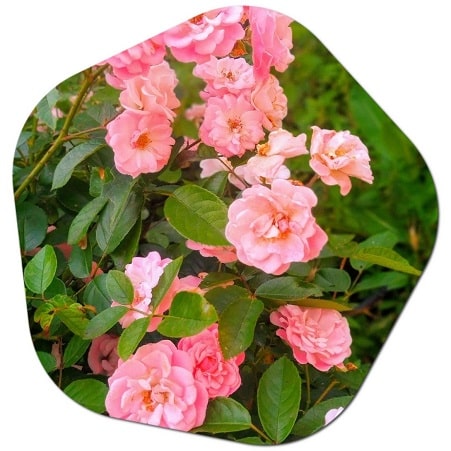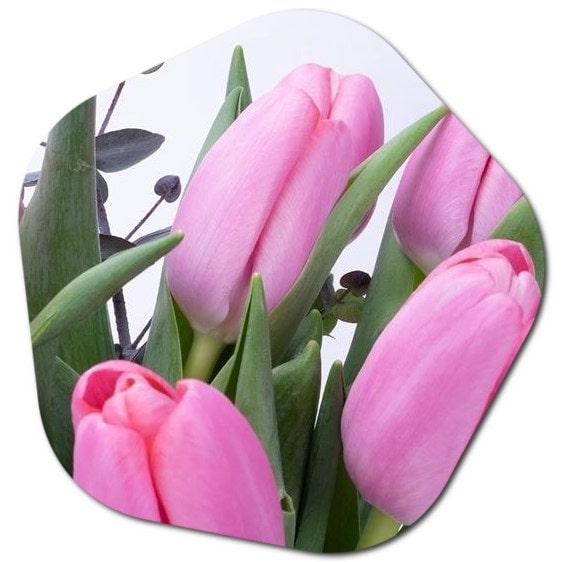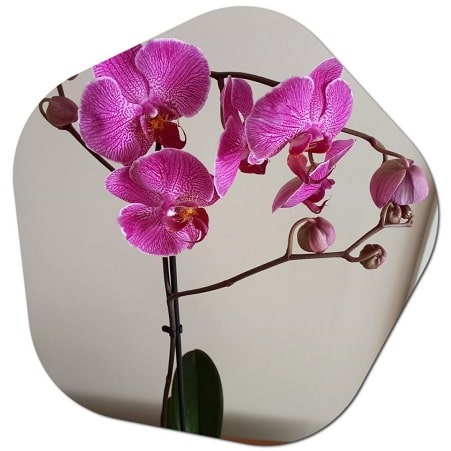Why some plants produce pink flowers: The color of flowers, including pink, is determined by pigments present in the petals. The pink color in flowers is usually due to the presence of pigments called anthocyanins. Anthocyanins are water-soluble pigments that can range in color from pink to red to purple, depending on their chemical structure.
The production of anthocyanins in plant cells is influenced by various factors, including genetics, environmental conditions, and pH levels. Here are a few reasons why some plants produce pink flowers:
- Genetic Factors: Different plant species and cultivars have varying genetic makeup, which can determine the presence and abundance of specific pigments. Some plants naturally produce higher levels of anthocyanins that result in pink flower coloration.
- pH Levels: The acidity or alkalinity of the soil can affect the availability and absorption of certain nutrients by the plant. Anthocyanin pigments can appear pink in acidic conditions and may turn more purple in alkaline conditions.
- Environmental Factors: Light intensity, temperature, and other environmental conditions can influence the expression of pigments in flowers. For example, intense sunlight can enhance anthocyanin production, leading to deeper pink or red hues.
- Pollination and Attraction: Flower color plays a crucial role in attracting pollinators like bees, butterflies, and birds. Pink flowers may have evolved to attract specific pollinators that are attracted to or have a preference for pink hues.

It’s important to note that flower color can vary within plant species, and factors like soil conditions, climate, and individual plant health can also impact the intensity and shade of pink in flowers.
Names of plant species that bloom pink flowers
- Pink Roses (Rosa spp.)
- Pink Carnations (Dianthus caryophyllus)
- Pink Peonies (Paeonia spp.)
- Pink Tulips (Tulipa spp.)
- Pink Azaleas (Rhododendron spp.)
- Pink Hydrangeas (Hydrangea macrophylla)
- Pink Camellias (Camellia spp.)
- Pink Orchids (Orchidaceae family)
- Pink Geraniums (Pelargonium spp.)
- Pink Zinnias (Zinnia spp.)
- Pink Cosmos (Cosmos bipinnatus)
- Pink Lilies (Lilium spp.)
- Pink Sweet Peas (Lathyrus odoratus)
- Pink Dahlias (Dahlia spp.)
- Pink Cherry Blossoms (Prunus serrulata)
- Pink Hibiscus (Hibiscus rosa-sinensis)
- Pink Poppies (Papaver rhoeas)
- Pink Phlox (Phlox paniculata)
- Pink Foxgloves (Digitalis purpurea)
- Pink Begonias (Begonia spp.)

These are just a few examples of pink-blooming plants. There are many more varieties and species available that produce beautiful pink flowers. Popular Pink Flowers >>
Information about pink flowers
Pink flowers are known for their delicate and romantic appearance. They come in various shades, ranging from pale and pastel pinks to vibrant and deep pinks. Here’s some information about pink flowers:
- Symbolism: Pink flowers are often associated with love, grace, femininity, and gentleness. They can symbolize admiration, appreciation, and joy.
- Popular Pink Flowers:
- Pink Roses: Considered the quintessential symbol of love and beauty.
- Pink Carnations: Symbolize gratitude and admiration.
- Pink Peonies: Known for their large, fluffy blooms and fragrant scent.
- Pink Tulips: Represent affection and caring.
- Pink Orchids: Symbolize femininity, elegance, and delicate beauty.
- Pink Hydrangeas: Known for their voluminous flower heads and ability to change color depending on soil acidity.
- Types of Pink Flowers:
- Azaleas: These shrubs produce clusters of pink flowers in various shades.
- Cherry Blossoms: Delicate pink flowers that herald the arrival of spring.
- Geraniums: Vibrant pink flowers commonly seen in garden beds and containers.
- Sweet Peas: Fragrant, climbing vines with pink, ruffled flowers.
- Camellias: Evergreen shrubs that produce pink, waxy flowers in winter and early spring.
- Growing Pink Flowers: The cultivation requirements for pink flowers can vary depending on the specific plant species. In general, they thrive in well-draining soil, ample sunlight, and appropriate watering. It’s essential to follow specific care instructions for each type of pink flower to ensure healthy growth and abundant blooms.
- Uses: Pink flowers are popular in floral arrangements, weddings, and decorative gardens. They can be used as cut flowers, potted plants, or as ornamental additions to landscapes.
Remember, there are numerous species and varieties of pink flowers, each with its unique characteristics, growth habits, and care requirements. Exploring different types of pink flowers can add beauty and charm to any garden or floral arrangement. List of plant names with pink colored flowers >>
What are the pink flowers in English?

Here are the names of some pink flowers in English:
- Rose
- Carnation
- Peony
- Tulip
- Azalea
- Hydrangea
- Camellia
- Orchid
- Geranium
- Zinnia
- Cosmos
- Lily
- Sweet Pea
- Dahlia
- Cherry Blossom
- Hibiscus
- Poppy
- Phlox
- Foxglove
- Begonia
These are just a few examples of pink flowers in English. There are many more varieties and species available with beautiful pink blooms.
